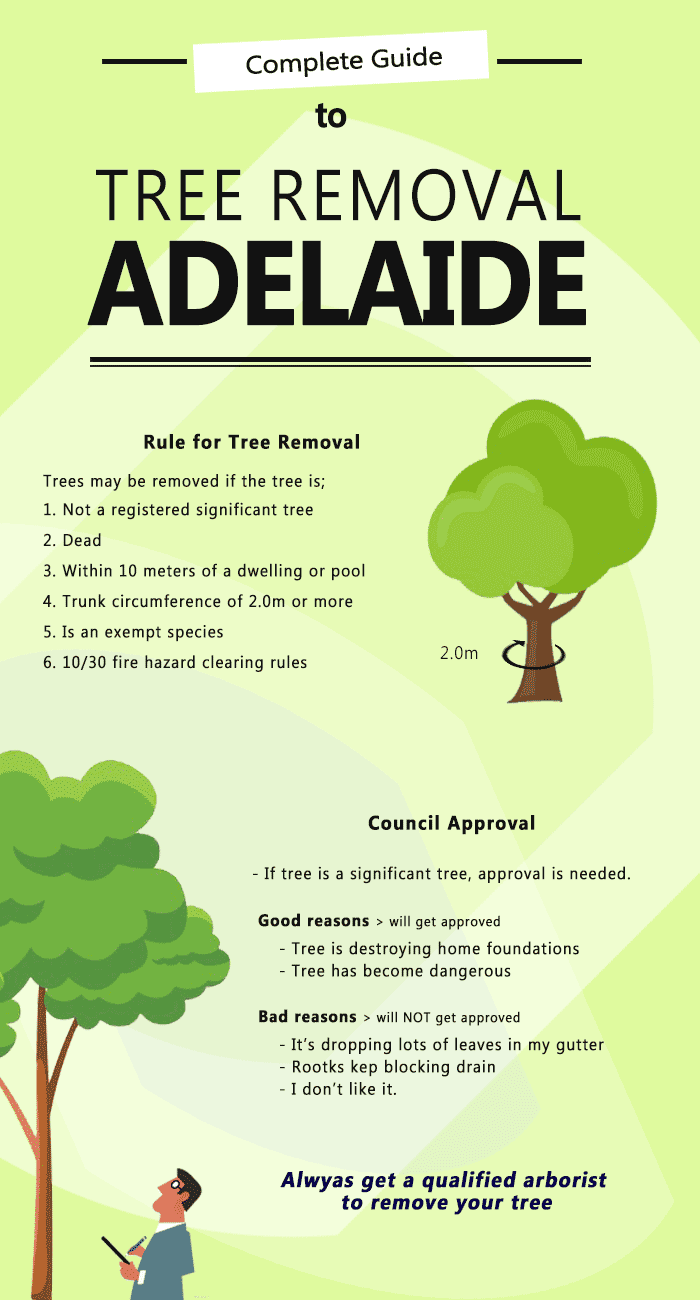When it comes to seasonal tree treatment, making certain correct management before and after removal can significantly impact the health and wellness and looks of your landscape. By understanding the essential steps associated with examining tree health and wellness and getting ready for elimination, you can proactively protect your home. But what about the critical techniques to follow as soon as the tree is gone? Stay tuned to discover the crucial post-removal care steps that will certainly help you grow a flourishing and lasting atmosphere for your trees.
Pre-Removal Tree Treatment
Before attending to the elimination of a tree, it's important to prioritize pre-removal tree treatment. Beginning by evaluating visit this website and architectural stability. Seek signs of illness, pest infestations, or any kind of architectural problems that may pose a safety and security hazard throughout elimination. It's necessary to talk to a certified arborist to establish the best strategy.
Trimming dead or unhealthy branches can protect against additional damage to the tree and make certain a smoother elimination procedure.
Additionally, take into consideration the environmental impact of getting rid of the tree. Trees play a crucial role in our ecological community, so planting a brand-new tree in an ideal place can aid counter any type of loss. Ensure that you have the needed permits and consents for tree elimination, especially if the tree is protected by neighborhood guidelines.
Seasonal Upkeep Tips
Evaluating your tree's requirements throughout the year is critical for its health and long life. To keep your trees in leading condition, follow these seasonal maintenance tips.
In springtime, focus on pruning to get rid of dead or damaged branches and urge brand-new growth.
Summertime asks for routine watering, especially throughout droughts, to guarantee your tree stays hydrated.
As loss strategies, watch out for very early indicators of disease or anxiety, and take into consideration applying compost to protect the roots throughout winter months.
In winter months, beware when getting rid of snow from branches to prevent breakage, and remain to monitor your tree's general health and wellness.
Remember to change your care routine based on the certain needs of your tree types and regional climate. By remaining conscientious and aggressive throughout the periods, you can help your trees grow and grow for several years ahead.
Post-Removal Tree Care
To make sure the health of your landscape also after tree elimination, proper post-removal care is vital. After a tree is eliminated, it's crucial to fill up the staying hole with topsoil and small it to avoid settling. This will aid keep the honesty of the ground and protect against prospective dangers in the future.
Think about planting new plant life instead of the removed tree to bring back the equilibrium and appearances of your landscape. Regularly water the area to promote the development of new plants and protect against dirt disintegration.
Examine https://gettingridofatreestump84062.bloggip.com/30322933/top-5-benefits-of-implementing-stump-grinding-in-your-landscape-enhancement-strategies surrounding trees for any kind of signs of condition or tension that might have been triggered by the gotten rid of tree. Keep an eye out for pests that might've been attracted to the previous tree and take preventive measures to shield the staying plant life.
If needed, consult with an expert arborist to examine the effect of the removal on the bordering trees and determine any type of added care required. By complying with these post-removal treatment actions, you can make certain the continued health and wellness and beauty of your landscape.
Final thought
Finally, aggressive seasonal tree care is crucial for keeping the wellness and equilibrium of your landscape. By assessing tree health, pruning, and consulting with an arborist prior to removal, you can make certain a safe process. After removal, filling the hole, growing brand-new plant life, and regular watering will advertise new growth and prevent disintegration. Remember to inspect surrounding trees for condition and look for additional treatment steps from an arborist to keep your landscape flourishing.
